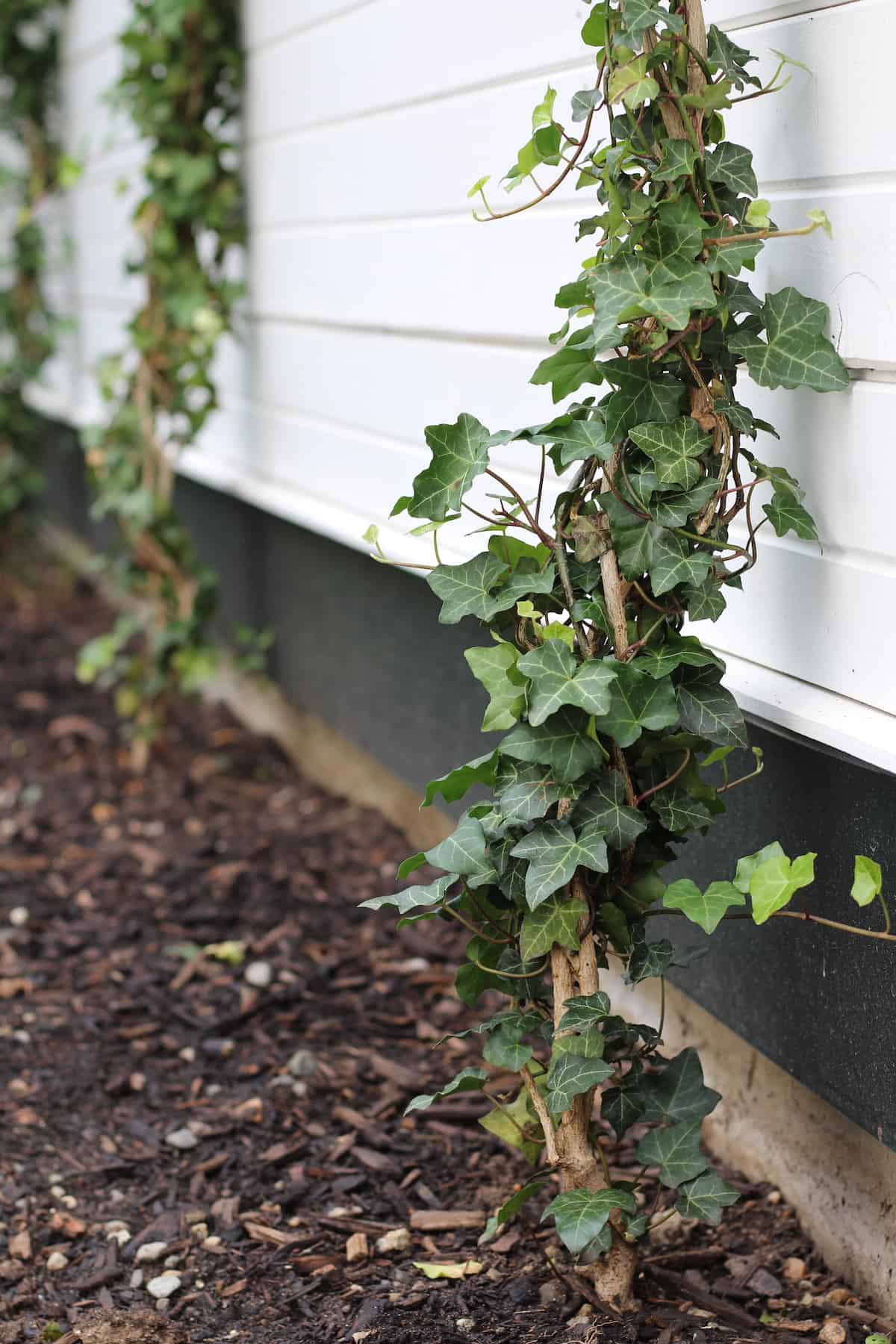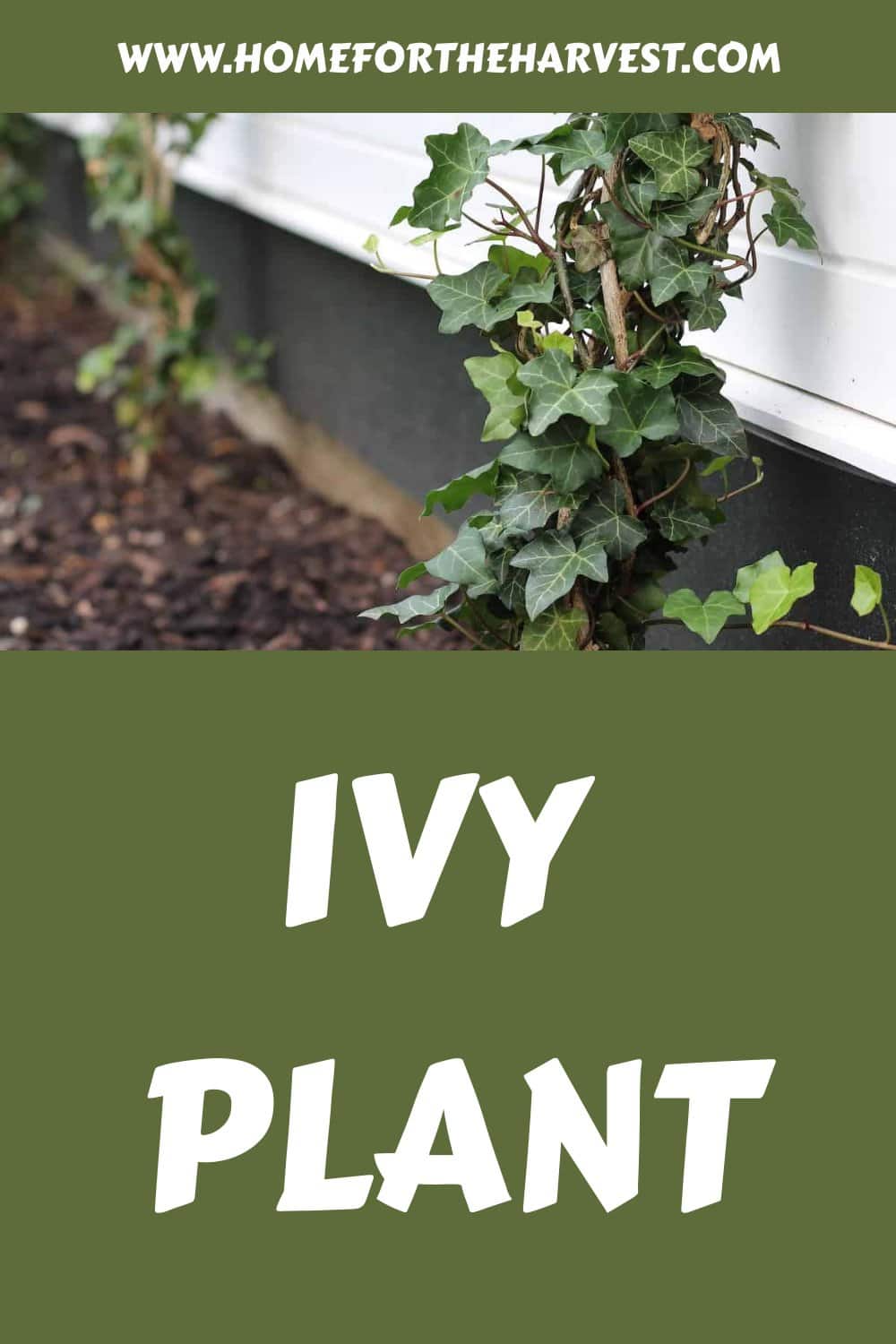There are many things you should know about ivy plants before trying to plant and grow them. Here are the main things to learn before growing an ivy plant at home.
Ivy (Hedera)
Ivy plants are native to East Asia, North Africa, Nepal, Macaronesia, and Europe. Roman mythology associated ivy with Bacchus, the god of wine, fertility, and agriculture. Ivy symbolized determination and strength in the ancient Celts’ cosmology. These creeping and climbing plants are part of the Araliaceae family.
Which ivy plants should you choose?
Ivy is a common ornamental climbing vine that grows well in shady areas. The USDA Plant Hardiness Zone Map helps gardeners find plants that will thrive in their area. The following describes USDA zones for various types of ivy:
- Boston Ivy: Zones 4-8
- English Ivy: Zones 4-9
- Japanese Ivy: Zones 8-9
- Persian Ivy: Zones 5-9
- Algerian Ivy: Zones 6-11
Each species of ivy has different cultivated sub-types, called cultivars. Some cultivars are bred to be cold-hardy, while others are developed to be compact or to have a certain appearance.
Some types of ivy have been bred for small spaces and even indoor spaces. If you are looking for an ivy-like plant that’s suited for shady areas indoors, choose Ivy-Leaf Peperomia.
Many states, such as California, consider English ivy and Algerian ivy invasive species. They recommend against growing these ivies. Fortunately, Boston Ivy isn’t botanically a “true” ivy, so it’s worth considering if not on the invasive list where you live.

Tips for planting ivy
Depending on your location, the best time for planting ivy is usually in the early fall or early spring. This allows the young plants to put down adequate roots before the next winter while avoiding transplanting during the heat of summer.
If you want more color intensity and leaf variegation, plant the ivy in a sunny spot. Indirect light is the best choice to prevent sunburn or heat damage to the leaves (which tends to happen on particularly scorching sunny afternoons). Ivy can also thrive in shady areas – it just may not grow as quickly.
Many types of ivy are natural climbing plants. A great way to support ivy plants against a wall or fence can be to build a DIY wire trellis. The ivy vines can then be trained along the trellis in whichever pattern you like.
Proper care for growing ivy plants
The best approach to caring for ivy plants is to water them weekly during the spring and summer. Ivy is fairly tough, but it does need watering in most climates when grown in an urban setting. This is especially true after a dry spring or during a heatwave in the summertime. When the temperatures get cooler, only water the ivy when the soil becomes dry.
If you have a potted ivy plant, make sure it has drainage holes to prevent standing water in the soil. The roots of ivy plants don’t like to be stuck in ponding water – they need access to air pockets in the soil. Let the soil dry out a bit before watering the ivy again. If the ivy plant seems too dry despite hand watering, you may want to use a humidifier to perk it up.






